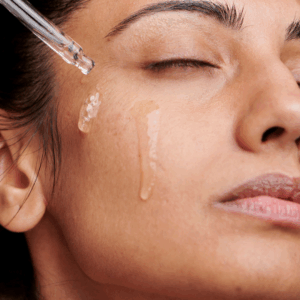
Skincare Awareness Month: Why Healthy Skin Should Be Your Top Priority
Celebrate Skincare Awareness Month by making your skin health a top priority. Discover expert tips and book your appointment today!
Shannon Del Grande is now seeing patients in our Wayne/Chesterbrook office.
Did you know that nearly 50 million Americans suffer from seasonal allergies each year? While fall brings a refreshing break from summer’s heat, cozy sweaters, and our favorite pumpkin spice lattes, it also introduces a new wave of allergens that can take a toll on your skin. Fall allergies can wreak havoc if not addressed properly, from irritating rashes to itchy, inflamed skin.
In this article, we’ll explore the most common fall allergies and how they affect your skin. We’ll also share effective tips to protect your skin during allergy season and recommend treatments to help you stay comfortable and feel your best.
While this article spells out some important information about fall allergies, we highly recommend you read the full article, here are the key points we will focus on:
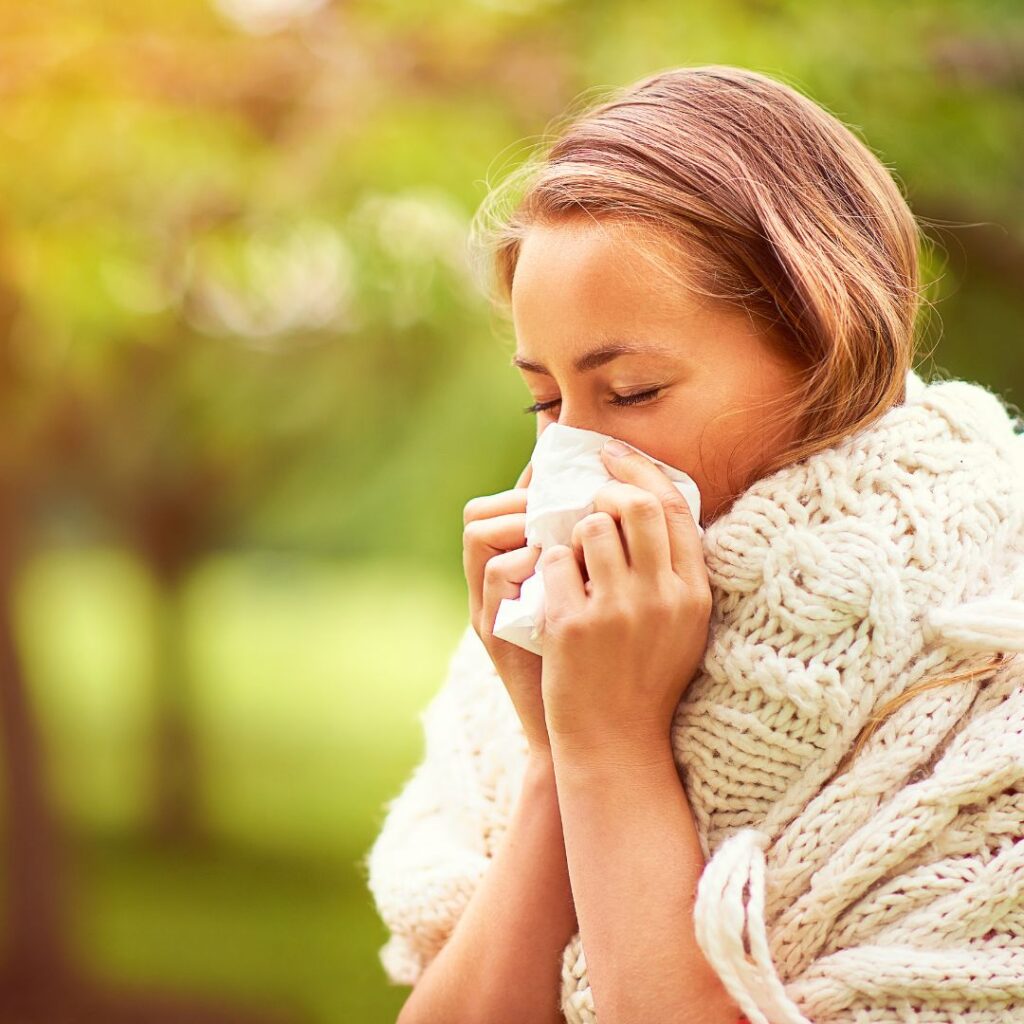
Specific environmental and household factors can trigger skin irritation and inflammation in the fall. One of the main culprits in fall is mold and ragweed. As temperatures drop and leaves begin to decay, mold thrives in damp areas, and ragweed pollen fills the air, both of which can aggravate sensitive skin. Additionally, cooler weather makes us pull out our wool and cashmere sweaters, which can trigger contact dermatitis, especially when combined with exposure to mothballs used to store clothes.
As windows stay closed and the heaters come on, dust and pet dander accumulate indoors, making us more susceptible to irritation. The dust that collects in heating systems during the off-season can blow through the air when you first turn them on, exacerbating allergic reactions and skin irritation. Changing air filters regularly is essential to minimize dust and allergens in the home environment.
To reduce the risk of skin issues from these allergens, it’s essential to be proactive in managing your environment and knowing what triggers your symptoms. Schedule a consultation with Bryn Mawr Dermatology for expert advice and treatment tailored to your skin’s needs.
Allergies make us think of symptoms like sneezing and congestion, but allergens can also impact your skin. Research shows that allergens can come into contact with exposed skin, leading to itchiness, redness, or even rashes. In some cases, individuals may develop hives from exposure. The skin’s reaction occurs because allergens break down the skin’s natural protective barrier, making it more sensitive to irritants. According to the American Academy of Allergy, Asthma, and Immunology, over 80% of people with allergic rhinitis also experience skin symptoms. This means that fall’s airborne allergens don’t just affect the respiratory system but can also cause discomfort through the skin.
Knowing how your skin reacts to these seasonal changes can help you prevent or manage flare-ups. While avoiding all exposure to allergens isn’t always practical, understanding how your skin changes with the seasons can help you take proactive steps to protect it.
Fall allergies don’t just cause new skin problems; they can also worsen existing conditions. When allergens are present, they can aggravate certain chronic skin issues, making the symptoms difficult to manage. Here are a few skin conditions that can be worsened by fall allergies:
Fall allergens like pollen and mold can trigger flare-ups, leading to increased dryness, itching, and inflammation.
Sensitivity to fabrics like wool or exposure to dust mites and household allergens can worsen this condition, leading to more severe rashes or irritation.
Allergic reactions to pollen, ragweed, or mold can cause outbreaks of hives, which are itchy and uncomfortable.
While not directly caused by allergens, flare-ups of this autoimmune condition can be triggered by stress or immune responses to allergens.
Preventing skin reactions during fall requires being proactive and making some changes in your daily routine to minimize exposure to allergens. Here are some effective steps you can take:
If prevention measures aren’t enough, using the right treatments and products can make a big difference in managing skin issues caused by fall allergies.
Here are some of the best options:
Bryn Mawr Dermatology offers a comprehensive approach to treating skin problems related to fall allergies. Our board-certified dermatologists can evaluate your symptoms, identify the specific allergens affecting your skin, and develop a customized treatment plan. Whether you’re dealing with itchy, inflamed skin or a chronic condition worsened by allergies, we provide individualized solutions to restore your skin’s health.
Don’t let fall allergies disrupt your skin’s health. Schedule a consultation with Bryn Mawr Dermatology today by calling us at 610-525-7800 or visiting our website to book an appointment. We look forward to helping you achieve healthier, more resilient skin.

Celebrate Skincare Awareness Month by making your skin health a top priority. Discover expert tips and book your appointment today!
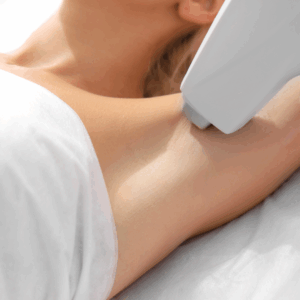
Do you want to fade acne scars, smooth wrinkles, or remove unwanted hair? Learn how laser skin treatments can help!

Give your skin a much-needed reset this back-to-school season. Book your full-body skin check with Bryn Mawr Dermatology today.
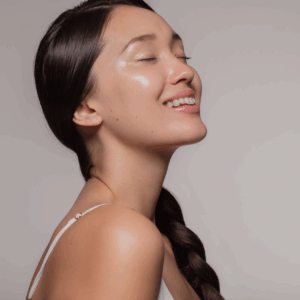
Ready for a skin reset? Refresh your glow after summer with expert care and treatments at Bryn Mawr Dermatology. Book your appointment today.
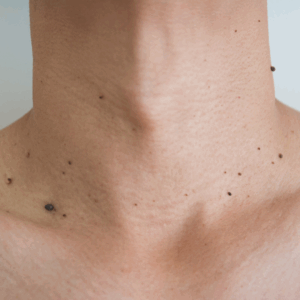
Is that bump a wart or a skin tag? Learn how to spot the difference, and when it’s time for treatment your next treatment.
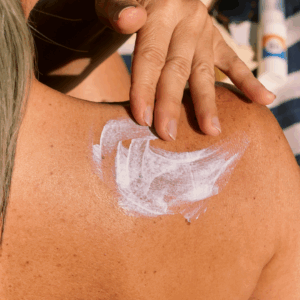
Worried about summer sun damage? Learn UV safety tips to protect your skin all season long. Schedule your consultation today!

By: Bryn Mawr Dermatology, Published: October 8, 2024
Medically Reviewed By: Christine Stanko, MD, FAAD – October 6, 2024
For COSMETIC APPOINTMENTS:
For MEDICAL APPOINTMENTS: